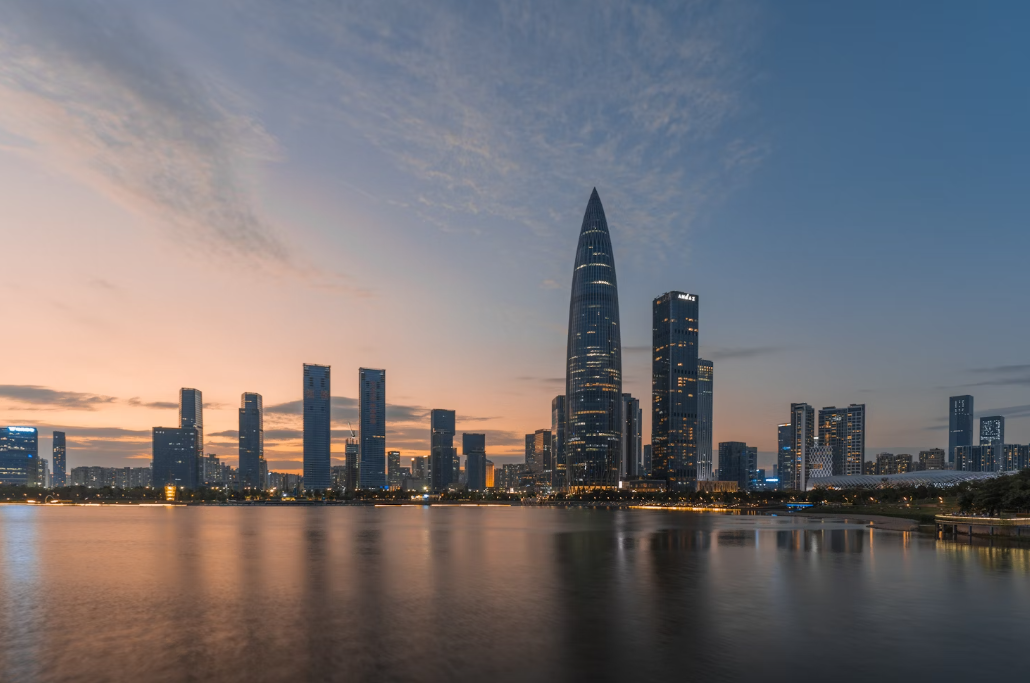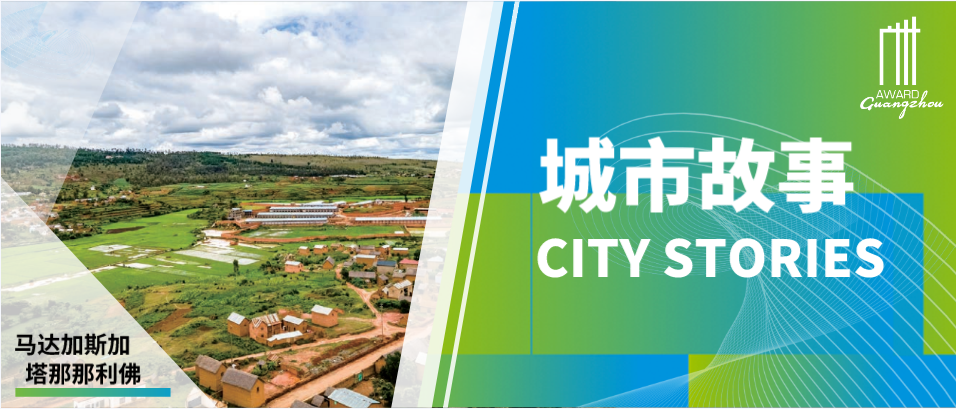Milan, Italy
All You Can Share – Sharing Mobility in Milan
Background Information
Milan has just published its Sustainable Urban Mobility Plan (SUMP), which represents an important change to the city’s mobility and transport policy for the next 10 years. It is aimed at enhancing public transport, giving value to urban space, and shifting the urban mobility focus from private car ownership to a model based on shared mobility services (such as car, bike, and scooter-sharing) across the whole metropolitan area.
Goals of the Initiative
The two climate change goals of this project are lower greenhouse gas (GHG) emissions and better air quality. The transport sector is one of major contributors to GHG emissions and the private car is the second biggest contributor behind road freight. Despite 30 percent of the trips being done by cars, Milan has still one of the highest European rates of car ownership (51 cars per 100 inhabitants) and one of the highest concentrations of particulate matter among large European cities.
One of the main goals of Milan SUMP is to reduce car ownership. The sharing mobility provides to-the-point contribution in this sense. Then, the Municipality of Milan launched several measures to face air pollution and traffic congestion, among which an innovative free-floating car and scooter sharing scheme aiming to reduce private car ownership. Scientific studies have showed that, in the medium term, between 8 and 15 cars are removed from the streets for each available car-sharing vehicle. In addition, shared vehicles are cleaner and have better environmental performance, multiplying the positive effects of vehicle replacements. According to the plan, the full implementation of the measures will lead to a decrease of 7 percentage points for car use in the modal split for the whole urban area, 25 percent less traffic in moderate speed areas, 17 percent increase in public transport speed, and 11 percent less congestion in the city.
Parties and Partners to the Initiative
Before introducing the innovation, several meetings were held among stakeholders. The outstanding results achieved by Milan were possible especially thanks to the application of new forms of collaboration between the public administration, private companies, civil society organizations, and citizens, where different actors are not only simple stakeholders, but also problem solvers capable of co-producing, co-developing, and co-designing services, goods, practices, and policies. In this context, many different actors have been crucial with regards to key initiatives: local authorities act as active agents of strategies and initiatives; sponsors playing a fundamental role in economic and communication support; the private sharing mobility operators rapidly accepted the challenge launched by the municipality on alternative forms of shared mobility, launching public campaigns to promote the service.
Resources Used for Implementation
Resources came from private operators but the initiative All You Can Share can count on part of the income coming from Area C, the congestion charge scheme operating in Milan since January 2012. In fact, part of that income (almost 17 percent of 26.3 million euros in 2015) has been reinvested in sustainable mobility projects like All You Can Share, in particular for bike sharing enlargement.
Innovation for the Initiative
The innovation is evolutionary. Milan has always believed in sharing mobility as a privileged instrument of green, alternative transport. In fact, in September 2001, Milan was the first city in Italy to launch a car sharing service, with three cars and 20 members operated by Legambiente. After 10 years, the numbers of traditional car sharing stabilized at 190 cars and 7,000 users in Milan. In 2012, the city administration commissioned its Agency for Mobility Environment and Territory (AMAT) to provide a study looking at a view to exploring the potentiality of expansion of the car sharing in Milan. The study stated that Milan was ripe for the expansion of new car sharing scheme and in 2013 launched a public notice to open the market for new car sharing services. Only six months after the announcement, the number of subscribers increased from 7,000 to 90,000. No other European city – including London, Paris and Berlin – performed better in the start-up phase. Up to now (June 2016), Milan can offer nearly 2,000 vehicles for almost 300,000 subscribers via services provided by different car sharing operators. Milan has also used bike sharing services since 2008. Since then, Milan has added 4,650 bikes (among which 1,000 are fully electric), 280 bike stations, and 45,000 subscribers, and those numbers keep on growing, so Milan has just published a new public notice in order to add new car sharing operators and introduced new green rules for the services (the legal framework is particularly addressed to promote electric car sharing).
Innovation has been applied in
The implementation of the innovative car sharing system in Milan was made possible thanks to the strong belief by Milan’s administration in choosing shared mobility systems such as car sharing, bike sharing, and scooter sharing as one of the smartest and greenest ways to move about in a city on the one hand, and to use the very quick progress of technology on the other. Information and booking processes are becoming increasingly comprehensive, ever faster, more intuitive, and more individual. Nowadays, smartphones, tablets, and laptops are becoming the central control panels for everyone. So policy decisions have gone hand in hand with the evolution of technology and the mobility needs of society. Moreover, being fully integrated with other eco-modes, car sharing is a tool that drives the change towards a more rational, economic, eco-friendly mobility.
Cutting-edge technology has been used for the service. The “free-floating” service (where the vehicles are not linked to the stations and thus can be picked-up and returned anywhere within the service area) runs via a downloadable smartphone app: the cars or scooters are rented without dedicated stations, used as needed—especially for short trips—and left in any public parking slots. This innovative sharing system meets better the needs of an increasingly dynamic and demanding society, especially the youngest generations (60 percent of new members are under 35), to move freely in the city in an affordable and sustainable way.
As for innovation, launched in June 2015, scooter sharing operates in free-floating mode: it’s the first free-floating scooter sharing service in the world. As for e-bike sharing, 1,000 e-bikes are fully integrated with the traditional ones. At the same station, you can choose both traditional and electric bike: it’s the first integrated bike sharing program in the world.
Obstacles and Solutions for Innovation
At the first stage, citizen were worried about some spaces that once were reserved for parking would be turned into bike sharing stations or electric car sharing stations, but thanks to the several meetings held by the public authorities in order to define a common path and strategies shared by all those most directly affected by the measure, the impact has been mitigated. Over time, citizens appreciated the beneficial social and environmental outputs: less congestion and more public spaces for walking and cycling.
Outcomes and Assessments
Studies have shown that one vehicle used as a shared car can replace between 8 to 15 personal cars. According to the numbers recorded in Milan, it has started a process that will lead, over the medium term, to free an area equivalent to the extension of 28 soccer fields or to a whole motorway lane 150 kilometers in length (equal to the total distance between Milan and Turin, and equal to 7.5 percent of the total length of the roads in the city of Milan).
The service offered is user-friendly, as all the operations are run by a smartphone app. Cutting-edge technology has been used for the service. Such an innovative sharing system better meets the needs of an increasingly dynamic and demanding society, especially the youngest generations (60 percent of new members are under 35), to move freely in the city in an affordable and sustainable way. The service is green (as for car sharing, the fleet is composed of vehicles falling within the categories of electric, hybrid, natural gas, LPG, gasoline, Euro 5 and later, diesel approved under Directive 70/220/EEC) and accessible. At least one vehicle out of 100 is fitted for the transport of persons with reduced mobility, and a new bike for disabled people will be deployed. The service is affordable: in fact, compared with the cost of a private car (parameterized to a reduced use in Milan) is around 2,418 euros a year, including EUR 690 for entering Area C and 552 for parking. The cost of using a vehicle in car sharing varies from 538 to 1,219 euros, more than 1,000 euros less. Moreover the parking is free as well as the payment to Area C, the congestion charge in Milan. The service is safe: the cars have the highest safety standards and the scooters are three-wheeled models offering maximum stability. Finally, the service is job creator: the initiative was capable of re-activating the local economy and influencing job creation. It’s estimated that each of the five private operators managing the services (car, e-car, e-bike, and scooter) have employed almost 30 people, and this also adds to linked activities (tire dealers, mechanics, customer service personnel, vehicle service team).
Benefits to Other Cities
Developing a system of shared mobility accessible to all, which could be used by everyone in any place and at any time using new communication systems, offering high quality performance standards for users in terms of efficiency, reliability, cost-effectiveness, clarity of prices (social benefits) operated by the greenest vehicles (health benefits), was the innermost goal of the administration.
-
 In Focus | The World Earth Day: Planet vs. Plastics
In Focus | The World Earth Day: Planet vs. Plastics -
 Urban Innovation in China | Shenzhen: How to Maintain Momentum to Achieve Carbon Peak by 2030 While Leading Green and Low-Carbon Development?
Urban Innovation in China | Shenzhen: How to Maintain Momentum to Achieve Carbon Peak by 2030 While Leading Green and Low-Carbon Development? -
 City Stories | Antananarivo, Madagascar: Building Resilience in the City Food System
City Stories | Antananarivo, Madagascar: Building Resilience in the City Food System -
 In Focus | International Women’s Day: Building a Women-Friendly City
In Focus | International Women’s Day: Building a Women-Friendly City























 Tel: +86 20 3780 4434
Tel: +86 20 3780 4434 Email: info@guangzhouaward.org
Email: info@guangzhouaward.org Address: Rm 1609, FuLiXinTianDi, No.307 Guangzhou Dadao Zhong, Yuexiu District, Guangzhou, Guangdong, 501600, PRC
Address: Rm 1609, FuLiXinTianDi, No.307 Guangzhou Dadao Zhong, Yuexiu District, Guangzhou, Guangdong, 501600, PRC




